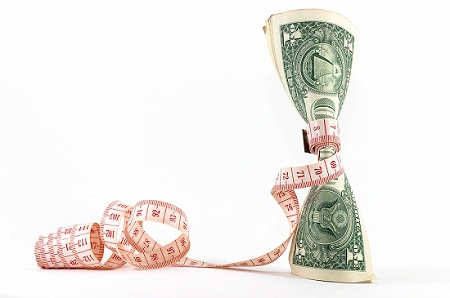What Is Inflation and How To Beat It
One of the concepts that you need to understand if you want to enjoy a successful financial future is that of inflation. Inflation is a mostly-silent budget buster. You may not always notice it in the short-term, but in the long-term, inflation can reduce your real wealth and affect your ability to retire in comfort.

What is Inflation?
Simply put, inflation is a reduction in your spending power. It is represented by a drop in the value of the dollar via a rise in prices. When inflation is in effect, it takes more of your money to buy the same thing you bought for less previously. Think about how much a candy bar cost when you were younger. Now, think about how much more it costs now – and how much smaller it is, too! That’s inflation at work.
Over time, inflation erodes your earning power. $10,000 today doesn’t go quite as far in terms of buying goods and serves as $10,000 did 20 years ago. And, in another 20 years, $10,000 will buy even less. You need to prepare for the reality of inflation so that you don’t find yourself struggling due to your reduce spending power.
Beating Inflation
Like so many things related to financial planning, inflation is expressed as a percentage. Inflation might rise at 3% or 4% rate, annualized over the next 30 years. This means that your money needs to grow with at least the rate if you expect to keep your earning power intact. If you want to improve your earning power, your money needs to grow at a rate that beats inflation.
One of the reasons that investing is considered so essential to retirement success is that it provides the opportunity to beat inflation. Stocks, even if they return an annualized 5% or 6% (a very conservative estimate) are still likely to manage to beat inflation over time. There are bonds, like I-bonds and TIPS, that are pegged to inflation and return more as inflation increases so that you keep pace with price increases.
As you might imagine, though, cash products don’t offer much of a chance for you to beat inflation. Right now, you are lucky if a high yield savings account offers 1% APY. Over time, such low yields result in you actually losing money in real terms, since inflation overwhelms your gains and erodes your buying power.
As you consider your future, and as you plan for retirement, make sure that you include investments that are likely to help you beat inflation. There are less risky investments, such as dividend aristocrats and index funds, that can increase your chances of beating inflation and seeing a prosperous future.
